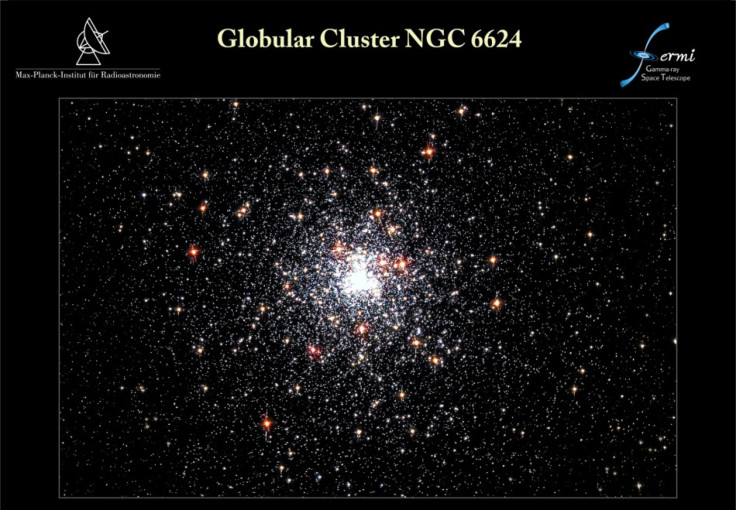New Binary Pulsar Discovered is the Youngest Ever Found
Called Millisecond Pulsars, the Fast Rotating Stars Emit Gamma Ray Bursts

A group of scientists working with NASA's Fermi Gamma-ray Space Telescope has found a very powerful, fast rotating star that is far younger than others of its type previously discovered.
Most millisecond pulsars, as they are called, are nearly a billion years old. But, in the Nov. 3 issue of the journal Science, the Fermi team unveiled a millisecond pulsar only 25 million years old that was spinning at a much higher rate than normal.
Millisecond pulsars (this one makes 11,000 revolutions per minute) may be spinning so fast because they are attached by gravity to a normal star in a binary system, NASA said in a statement. The discovery of such a powerful millisecond pulsar could change how scientists understand the formation of such objects.
Pulsars are a type of neutron star that give off electromagnetic energy in regular bursts. Neutron stars are the closest thing to a black hole that astronomers can observe directly, crushing half a million times more mass than Earth into a sphere no larger than a city. Only a thimble full of the material would weigh millions of tons.
Strong magnetic fields and the rapid spinning of pulsars cause them to give off energy in fhe form of radio waves and even gamma rays.
The object, called PSR J1823-3021A, lies within NGC 6624, a spherical collection of ancient stars called a globular cluster, one of about 160 similar objects that orbit our galaxy. The cluster is about 10 billion years old and lies about 27,000 light-years away toward the constellation Sagittarius.
Fermi's Large Area Telescope (LAT) showed that eleven globular clusters emit gamma rays, the cumulative emission of dozens of millisecond pulsars too faint for even Fermi to detect individually. But that's not the case for NGC 6624. NASA has an interactive pulsar map where you can see different stars and learn more about them
Tell us in the comments if you are a stargazer and what your favorite objects to view are.
© Copyright IBTimes 2025. All rights reserved.





















